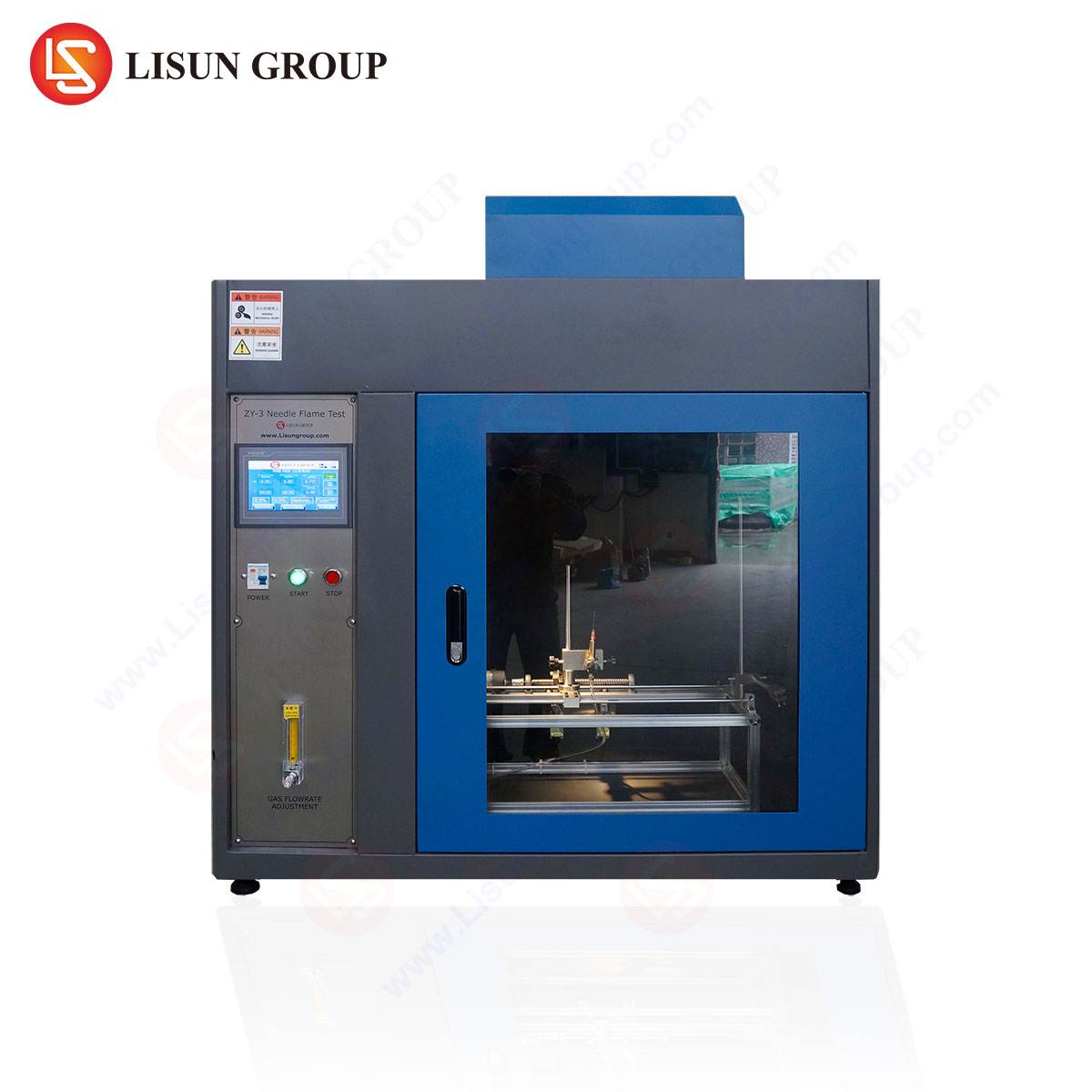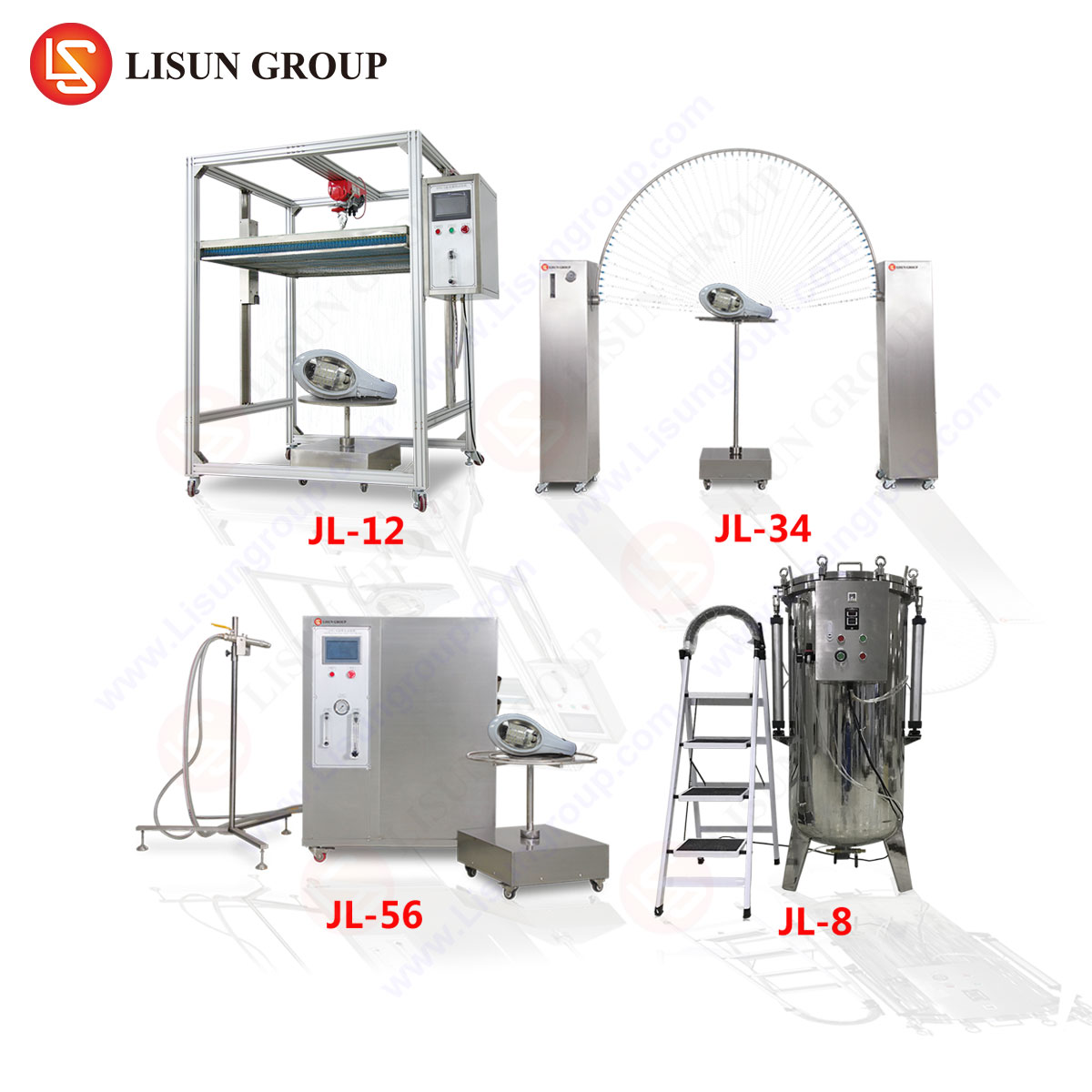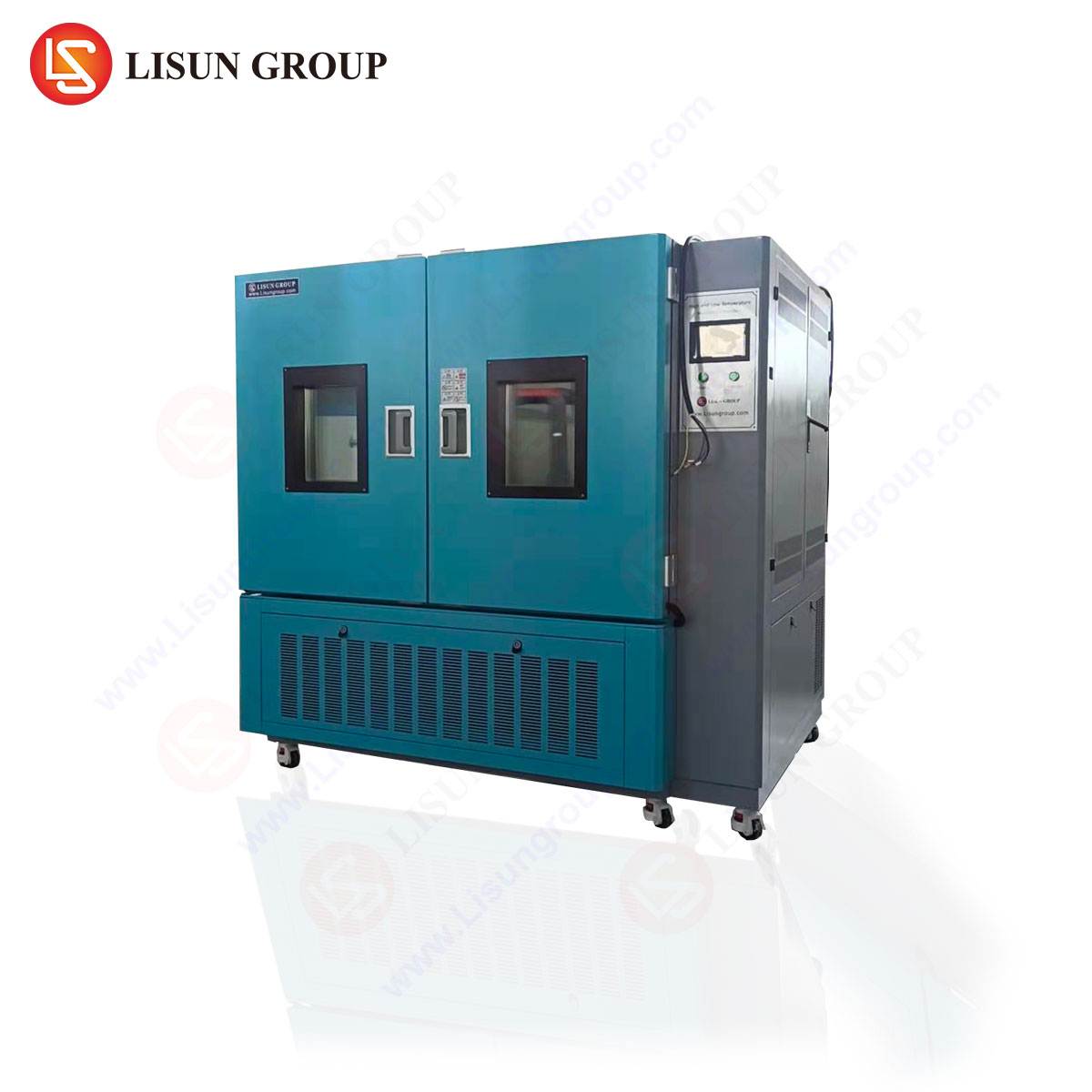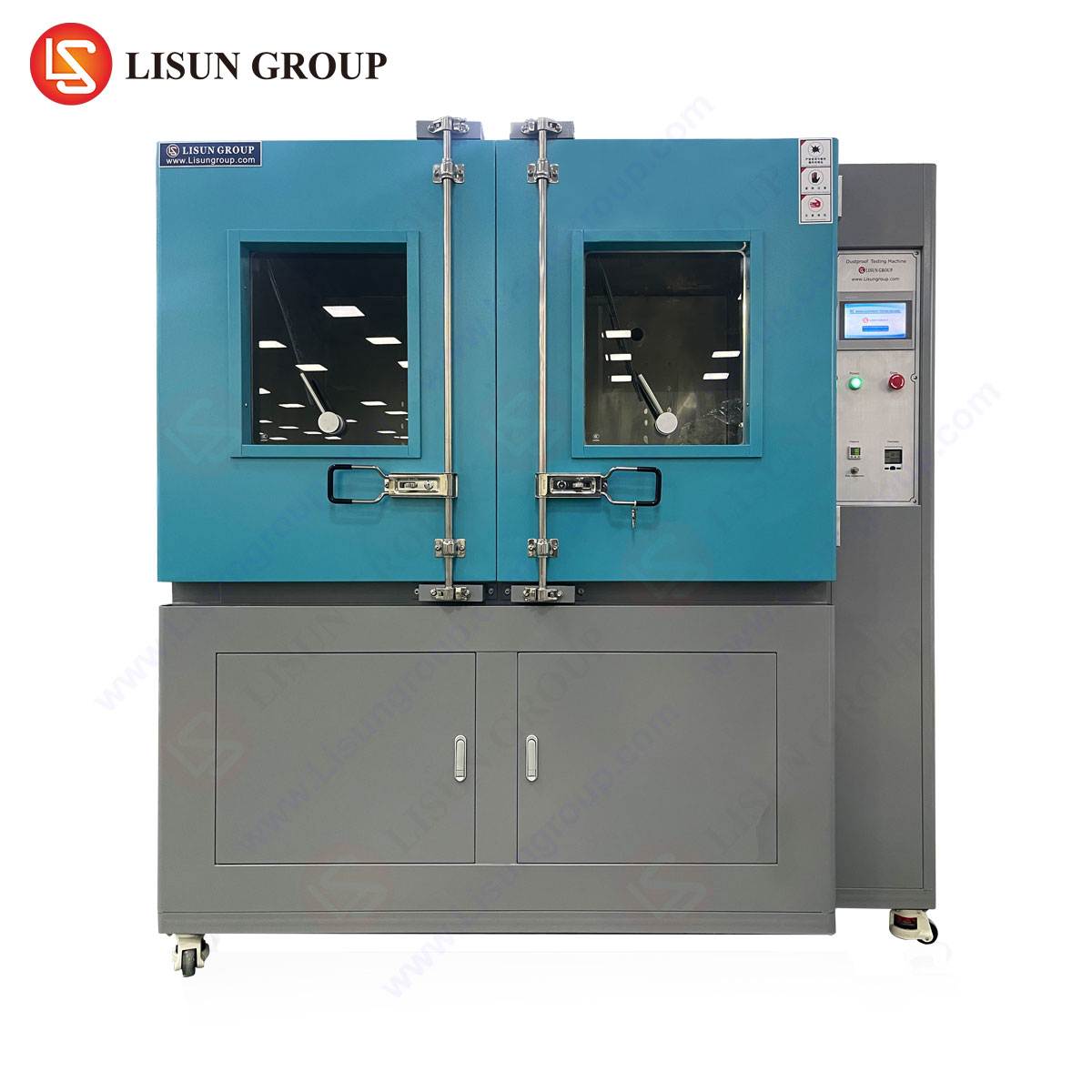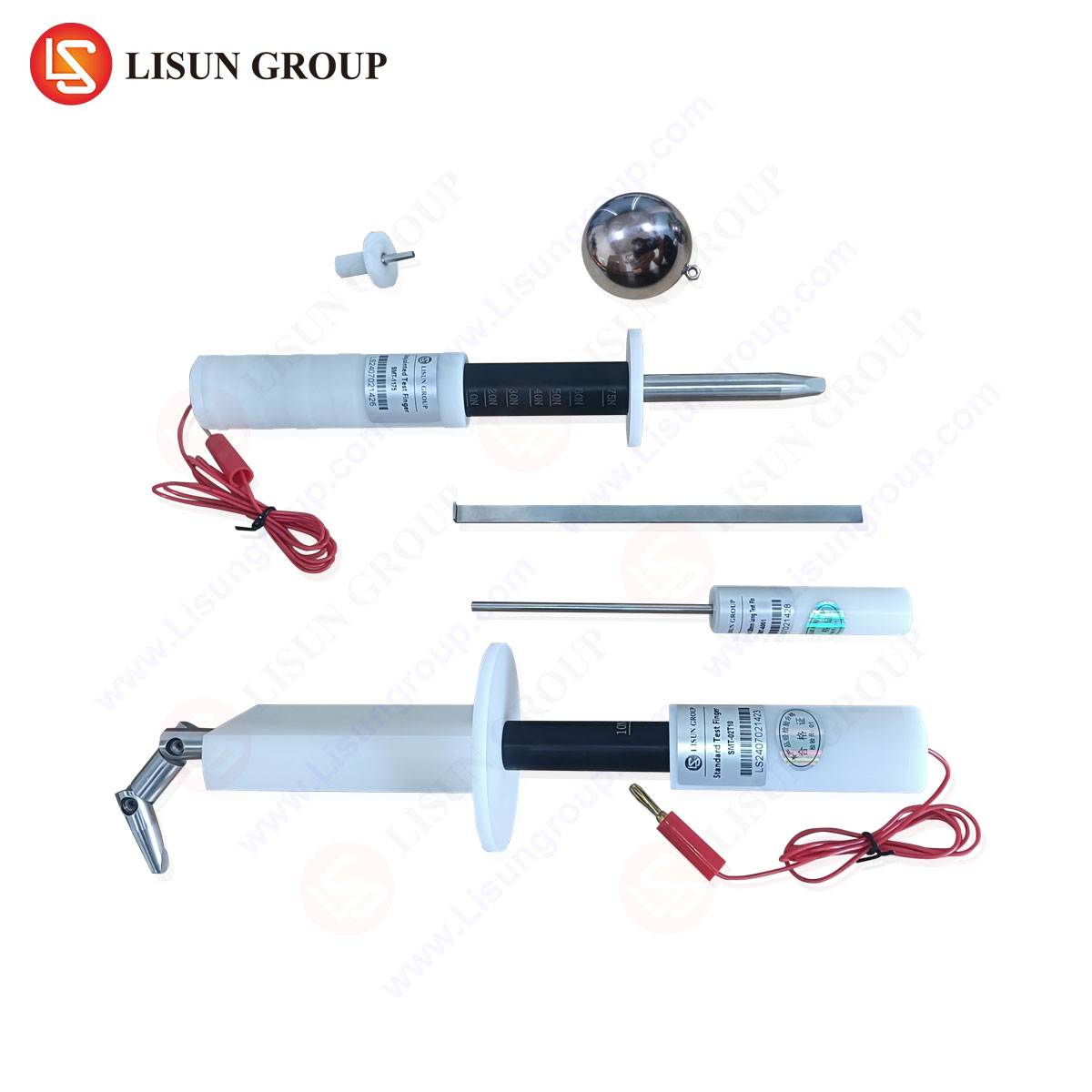Understanding IP67 Protection Standards and Their Significance
The Ingress Protection (IP) rating system, defined by IEC 60529, classifies the degree of protection provided by enclosures against foreign objects, dust, and moisture. An IP67 rating ensures complete protection against dust ingress (6) and temporary immersion in water up to 1 meter for 30 minutes (7). This standard is critical for industries where exposure to harsh environmental conditions is common, including automotive electronics, industrial control systems, and telecommunications equipment.
IP67 certification requires rigorous testing methodologies to validate durability under controlled conditions. Manufacturers rely on specialized testing equipment, such as LISUN’s JL-XC Series waterproof test chambers, to ensure compliance with international standards. This guide outlines a systematic IP67 testing procedure, emphasizing the role of advanced instrumentation in achieving reliable results.
Key Components of IP67 Testing Methodology
1. Dust Ingress Testing (First Digit: 6)
The first digit in the IP67 rating denotes dust resistance. A rating of 6 signifies complete protection against fine particulate matter, verified through a controlled dust chamber test.
Testing Procedure:
- The test specimen is placed in a sealed chamber containing talcum powder or equivalent fine dust (particle size ≤ 75 µm).
- A vacuum pump applies negative pressure (≤ 20 mbar) inside the enclosure to simulate dust penetration forces.
- The test duration is typically 8 hours, with periodic inspection for dust ingress.
Equipment Used:
LISUN’s JL-XC Series integrates automated dust dispersion and vacuum regulation, ensuring uniform test conditions. Its programmable logic controller (PLC) allows precise adjustment of test parameters, reducing human error.
2. Water Immersion Testing (Second Digit: 7)
The second digit (7) confirms resistance to temporary submersion. The test involves immersing the device in 1 meter of water for 30 minutes without operational failure.
Testing Procedure:
- The specimen is submerged in a water tank at a depth of 1 meter (± 0.01 m tolerance).
- Water temperature is maintained between 15°C and 35°C to prevent thermal shock.
- Post-test inspection includes disassembly to check for internal moisture penetration.
Equipment Used:
The JL-XC Series features a corrosion-resistant stainless steel immersion tank with depth calibration sensors, ensuring compliance with IEC 60529. Its automated timing mechanism eliminates manual errors in test duration.
LISUN JL-XC Series: Technical Specifications and Competitive Advantages
Core Features and Performance Metrics
| Parameter | Specification |
|---|---|
| Test Chamber Material | Stainless Steel (AISI 304) |
| Water Depth Range | 0.5–2.0 m (adjustable) |
| Dust Particle Size | ≤ 75 µm |
| Temperature Control | 15°C–35°C (±1°C) |
| Compliance Standards | IEC 60529, ISO 20653 |
Industry Applications
- Automotive Electronics: Validates waterproofing of sensors, connectors, and control modules.
- Medical Devices: Ensures sterilization-resistant enclosures for surgical equipment.
- Telecommunications: Certifies outdoor base stations against rain and dust.
- Lighting Fixtures: Tests IP67-rated LED luminaires for industrial and marine use.
Competitive Differentiation
- Automated Test Sequencing: Reduces manual intervention, improving repeatability.
- Real-Time Data Logging: Captures pressure, temperature, and immersion depth for compliance reports.
- Modular Design: Supports customization for non-standard IP testing requirements.
Step-by-Step IP67 Testing Protocol
Pre-Test Preparation and Calibration
- Sample Conditioning:
- Stabilize the test specimen at 25°C ± 5°C for 24 hours to mitigate thermal expansion effects.
- Equipment Calibration:
- Verify water tank depth sensors using a certified depth gauge.
- Calibrate dust dispersion nozzles to ensure uniform particle distribution.
Execution and Monitoring
- Dust Test Phase:
- Activate the vacuum system and monitor internal pressure via the JL-XC’s HMI interface.
- Terminate the test if pressure fluctuations exceed ±5%.
- Water Immersion Phase:
- Submerge the specimen and initiate the 30-minute timer.
- Record any air bubbles escaping the enclosure, indicating seal failure.
Post-Test Evaluation and Reporting
- Visual Inspection:
- Examine O-rings, gaskets, and internal compartments for moisture or dust traces.
- Functional Testing:
- Power on the device to verify uninterrupted operation post-immersion.
- Documentation:
- Generate a test report with timestamps, environmental conditions, and failure modes (if any).
Regulatory Compliance and Cross-Industry Standards
IP67 testing aligns with multiple international standards, including:
- IEC 60529: Primary standard for IP ratings.
- ISO 20653: Automotive-specific ingress protection.
- MIL-STD-810G: Military-grade environmental testing.
The JL-XC Series is pre-configured to meet these benchmarks, streamlining certification for global markets.
Frequently Asked Questions (FAQ)
Q1: Can the JL-XC Series test higher IP ratings, such as IP68 or IP69K?
Yes, the JL-XC supports IP68 (prolonged immersion) and IP69K (high-pressure jet cleaning) with optional pressure and spray modules.
Q2: How does temperature variation impact IP67 test results?
Thermal cycling may cause seal deformation. The JL-XC’s climate-controlled tank mitigates this risk.
Q3: What industries benefit most from IP67 certification?
Automotive, medical, and industrial sectors prioritize IP67 due to exposure to moisture and contaminants.
Q4: Is operator training required for JL-XC Series operation?
Basic training is recommended, though the system’s intuitive PLC interface minimizes complexity.
Q5: How often should IP67 testing equipment be recalibrated?
Annual recalibration is advised, or per manufacturer guidelines if used in high-frequency environments.
This guide provides a foundational framework for IP67 validation, emphasizing precision, compliance, and the instrumental role of advanced testing solutions like the LISUN JL-XC Series.


